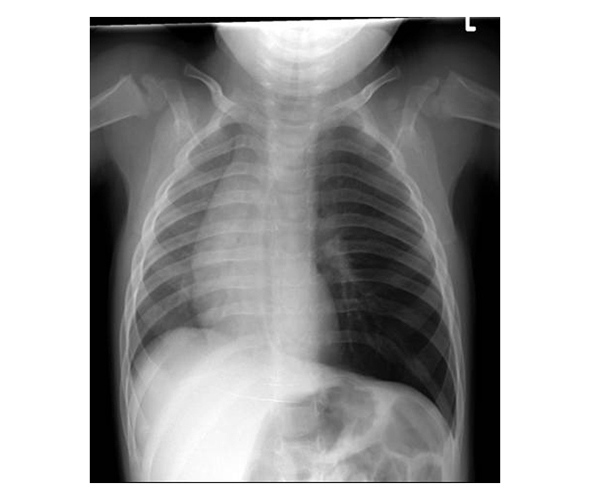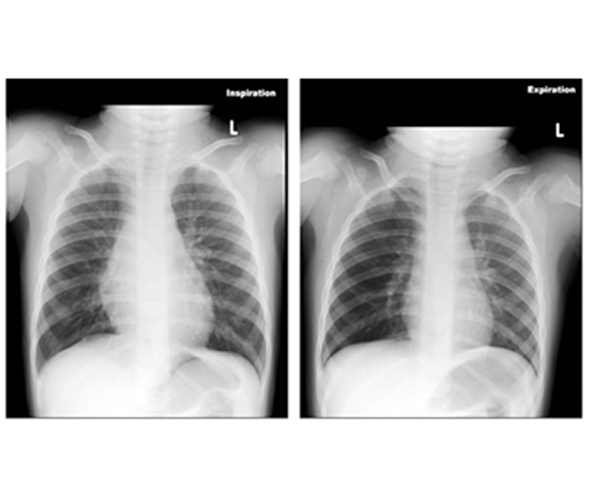1.
What are the risk factors for foreign body ingestion (FB) and the most common types of FBs in the airway and esophagus.
2.
What are the most common locations for esophageal and airway FBs.
3.
Discuss the signs and symptoms of airway and esophageal FBs.
4.
Describe the role of radiographs in management of both esophageal and airway FB.
5.
What is the role of bronchoscopy/esophagoscopy in the management of aerodigestive tract foreign bodies? What are the indications for upper aerodigestive tract endoscopy?
Esophagus:
6.
A child swallows a safety pin that is now lodged in the mid-esophagus. Discuss the management. What are the techniques for removing an open safety pin from the esophagus?
7.
Discuss the different techniques of esophageal FB removal. What is the safest method for removal of esophageal foreign bodies? What techniques are less safe or potentially dangerous?
8.
A child swallows a safety pin that is now lodged in the mid-esophagus. Discuss the management. What are the techniques for removing an open safety pin from the esophagus?
9.
An 18-month-old boy is transferred from the emergency room from an urgent care clinic with a “coin” in the esophagus. There was no witnessed coin ingestion, but he has been drooling and not eating or drinking for the past day. He had the following chest x-ray. How would you proceed?
10.
Discuss the management of button battery ingestion.
11.
What is the role of observation in esophageal FB?
Reference(s):
Waltzman, M. L., Baskin, M., Wypij, D., Mooney, D., Jones, D., & Fleisher, G. (2005). A randomized clinical trial of the management of esophageal coins in children. Pediatrics, 116(3), 614–619.
Airway:
12.
A 3-year-old girl chokes and coughs while eating a piece of carrot. After a few minutes, her symptoms improve. She is seen in the ED, where she has the following inspiratory/expiratory chest films. What is the most likely location for the foreign body? How would you manage the patient?
13.
Discuss anesthesia techniques in the management of airway foreign bodies.
Reference(s):
Fidkowski, C. W., Zheng, H., & Firth, P. G. (2010). The anesthetic considerations of tracheobronchial foreign bodies in children: a literature review of 12,979 cases. Anesthesia and Analgesia, 111(4), 1016–1025.
14.
What are your treatment options if you cannot safely remove an airway FB endoscopically?
15.
Can you predict which patients will have complications from FB aspiration?
Reference(s):
Zaytoun, G. M., Rouadi, P. W., & Baki, D. H. (2000). Endoscopic management of foreign bodies in the tracheobronchial tree: predictive factors for complications. Otolaryngology–Head and Neck Surgery : Official Journal of American Academy of Otolaryngology-Head and Neck Surgery, 123(3), 311–316.
16.
Discuss the national cost burden of airway FB.
Reference(s):
Kim, I. A., Shapiro, N., & Bhattacharyya, N. (2015). The national cost burden of bronchial foreign body aspiration in children. The Laryngoscope, 125(5), 1221–1224.
17.
Explain strategies for prevention of aerodigestive tract foreign bodies in children and discuss the role of health care providers in prevention.
Reference(s):
Prevention of choking among children. (2010). Pediatrics, 125(3), 601–607.
18.
Present the group with an algorithm for airway FB management.
Reference(s):
Lando, T., Cahill, A. M., & Elden, L. (2011). Distal airway foreign bodies: Importance of a stepwise approach, knowledge of equipment and utilization of other services’ expertise. International Journal of Pediatric Otorhinolaryngology, 75(7), 968–972.



